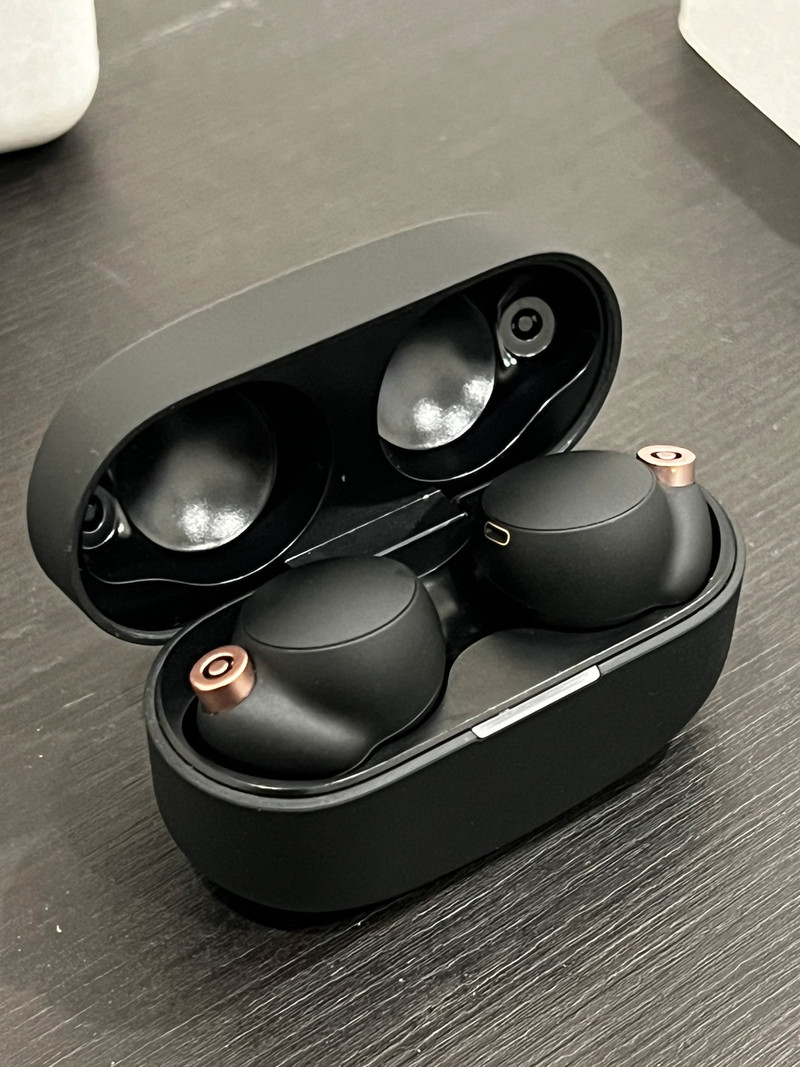

Therefore, even if you have the specifications of the detector at hand it will be difficult to determine in advance what dark level to expect and what the noise on this dark level (the dark noise) will be.


The dark level can be different per pixel and depends on the temperature, integration time of the detector and the electronics that reads out the detector and converts it to a digital value. This is called the dark level, and it should not be confused with the dark noise (see the next section). Instead there is some fixed lowest value that is measured even under completely dark conditions. The readout of a non-illuminated detector is not giving 0 counts. This will be explained in more detail in the sections below. It is important to realize that the detected value does not only increase due to the signal (light) that hits the detector, but also due to dark current. The longer the integration time the higher the detected value will be. The detector is mounted to a spectrometer however, as we pass no light into the spectrometer the tests we perform can be considered tests of the detector and electronics only.Ī CCD detector is an integrating device, it accumulates the signal that is detected within the integration time that is chosen. We discuss the temperature dependence of the dark level and dark noise of the commonly used Hamamatsu S7031-1007S back-thinned CCD detector that is read-out using a 16 bit AD converter on a dedicated electronics board. The purpose of this document is to provide some real numbers that can help decide when cooling is advantageous for an application. It is therefore important to be able to decide what advantage the cooling offers for a specific application. Though this can have clear advantages for measuring low intensity signals, these detectors are costly and the cooling stage is bulky. Several detectors on Ibsen spectrometers can be equipped with thermoelectric (TE) cooling.


 0 kommentar(er)
0 kommentar(er)
